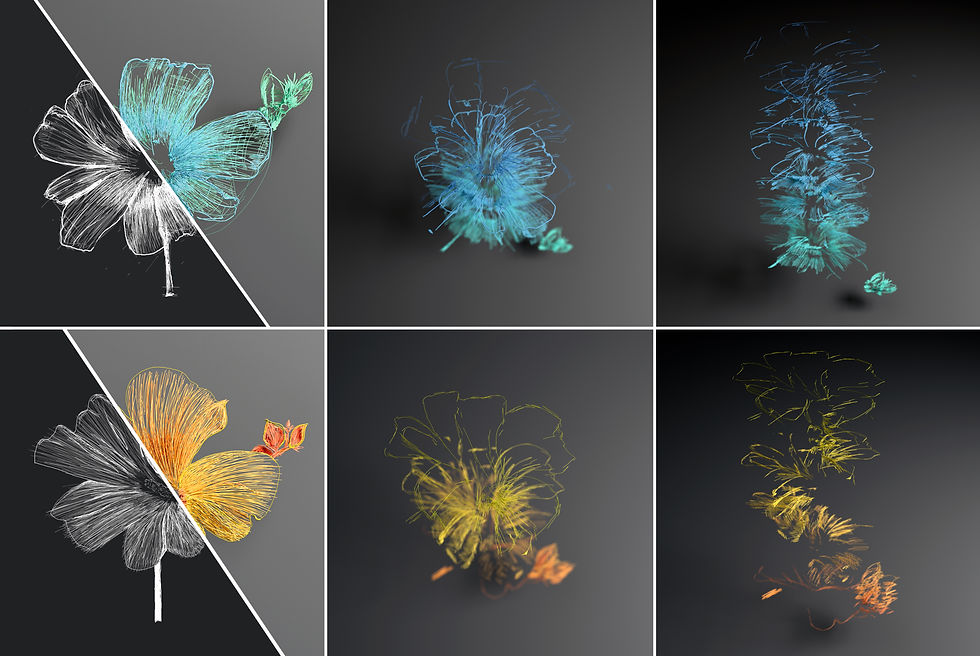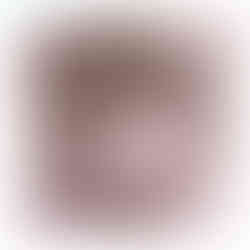The Choreography of the Creative Process
- Amit Zoran
- 23 בפבר׳ 2021
- זמן קריאה 1 דקות
עודכן: 12 במרץ 2024

With Nir Dick, Ayala Prusak, Naama Glauber, 2021
This research integrates a computational exploration of the artistic making process, merging the dynamics of artistic style with the choreography of creativity in both clay-relief practices and visual arts like drawing and carving. By examining the motoric qualities inherent in artistic production and utilizing digital tracking to visualize these movements, our study offers a novel perspective on understanding and quantifying artistic style beyond the aesthetic qualities of the final artwork. The first part of our analysis focuses on the unique and consistent patterns of motor activities in novices and skilled artists during clay-relief sessions, revealing how individual styles manifest through transitions between motor actions. This approach not only highlights the distinct subcategories of making in experienced artists but also underscores the role of the subject matter in shaping artistic expression.
Building on this, we extend our investigation to include the expressive performance of artists in activities such as drawing and carving, employing computer graphics tools to bring the hidden paths of their strokes to the forefront. This methodological fusion advocates for a hybrid artistic medium that encapsulates the essence of the making process, marrying the physical product with the spirit of its creation. By doing so, it opens new avenues for computational artistic practice, offering innovative potential to enhance the understanding of creative expression. Our research underscores the significance of the making process as an integral component of artistic work, proposing a unified framework for analyzing and visualizing the choreography of creativity across different artistic domains.
Research papers
Dick, N., Prusak, A., & Zoran, A. (2020). Dynamics of Artistic Style: A Computational Analysis of the Maker’s Motoric Qualities in a Clay-Relief Practice. Nature’s Humanities and Social Sciences Communications, 8(1).
Zoran, A. R., Dick, N., & Glauber, N. (2021). The Choreography of the Creative Process: Drawing in Time and Space. Leonardo, 54(6), 643-648. MIT Press.























תגובות